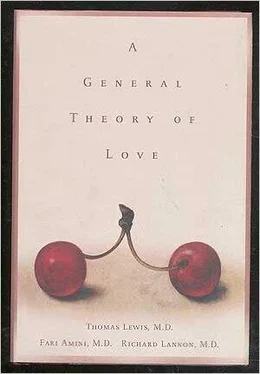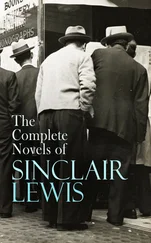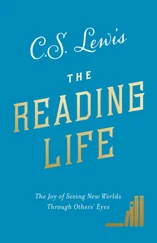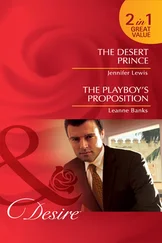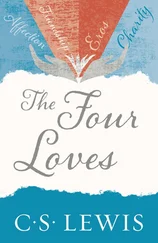Our memories and feelings depend on the connections in the brain that are called Attractors.
Have you noticed that when you read a text, even several times, you often fail to spot small typos, such as "taht" instead of "that"?
Why does this happen?
This kind of common oversight is due to the presence of Attractors in the human brain.
In neural terms, they are the interconnected elements of our memory that govern or influence our perception, directing what we learn and experience.
For example, many of us have poor handwriting: our letters are misshapen and joined together so that each word becomes a scrawl.
Yet, with very little effort, a reader can interpret even the worst handwriting correctly. For example, even if your handwritten “H” looks more like an “A,” your readers will still read the word “aouse” as “house.”
Why?
Engraved in our memories is an ideal or prototype letter “H.” Each time we see a letter that appears similar to this ideal, the prototype overpowers our perception, taking command of it, thus enabling us to quickly “autocorrect” any misshapen letters or typos. For example, if we come across the typo “taht,” the Attractor responsible for the prototype “that” kicks in, enabling us to understand the writer’s intended meaning.
What do Attractors have to do with attachment?
Attractors are established through our life experiences, and those experiences shape our memories.
From our earliest experiences, our brains construct Attractors which link our memories together. Whether one is linked to another depends on the connections we have built in our brain between them. For instance, if we have an ideal “H,” that’s because we’ve been taught what an “H” should look like.
The same is true of our limbic brain – the part of the brain responsible for our feelings. Our experiences enable us to develop the ideal feeling of attachment. Throughout our lives, this ideal will determine how we experience attachment and towards whom we feel it most intensely.
Attachment is necessary for our emotional development.
In the previous blink, we saw that our emotional memory works as an ensemble of many different, interconnected elements called Attractors.
Every human being develops such networks during its lifetime and, as with almost everything in life, it’s important to get a good start.
At the beginning of our emotional development, as newborn infants, the part of the brain responsible for emotions – the limbic brain – is completely unregulated.
Newborns don’t come into the world knowing how to behave; they need their mothers to teach them. Through their mother's influence, babies build their emotional prototype – their ideal – which will then help to shape any further emotional experiences they will have.
Imagine, for example, a toddler staggering across the grass of a park. Suddenly, he loses his balance and falls. At this point, the toddler checks his mother's face: if she expresses alarm or concern, the toddler will start to cry. If, on the other hand, her face expresses amusement, the toddler may smile or even laugh with her.
The stability of this connection between parent and child is crucial for the youngster’s development. Indeed, it’s the basis of the emotional intelligence the child needs to empathize with others – in other words, gaining an intuitive understanding of the other's emotion and responding to it.
But this “limbic regulation” is not only for the young. Because we remain social creatures throughout our lives, adults also require emotional stabilization from outside.
While, as adults, we may think that our being so dependent on external feedback is a weakness, it’s actually a source of our power. Our continued ability to connect with other people enables us to modify the emotional Attractors in our brains, allowing us to grow and change emotionally. Without this ability to continually influence our limbic brain into old age, we’d all behave like big kids!
All we require are stable, trusting and healthy connections with others, the kind that can be found in our close relationships, such as with our romantic partners or close friends.
Long-term therapy can change our brains for the better by optimizing how we connect emotionally.
As we have seen, our feelings of attachment depend to a large degree on our childhood. The relationships we experienced during childhood shape our emotional brain, which strongly influences our adult relationships.
If the people (usually parents) who influenced the development of our limbic prototypes were, during our childhood, themselves not emotionally developed, nor aware of their own emotional shortcomings, we’ll inherit their emotional problems.
This is how our emotional programming gets passed down the generations. So, how can we break the pattern?
One way to deal with such unfavorable programming is psychotherapy.
To see why psychotherapy can be effective, let’s take another look at Attractors.
Our Attractors determine our experience. Imagine you have to wear spectacles that allow you to only see green. Everything in your life will be, in one way or another, tinged by and limited to green.
In much the same way, the Attractors in your limbic system are shaping and limiting your emotions – an influence that determines your choice of friends and romantic partners.
Yet if our relationships with those close to us during our childhood aren’t stable, we may end up with shoddy programming.
Fortunately, through psychotherapy, it is possible to reprogram our emotional brain. This is achieved by altering the network of Attractors in the brain.
Although psychotherapists often disagree vehemently on the most effective approach, disputing each other’s theories and methods, the particular approach taken is of relatively little consequence.
What does matter is that the therapist is able to modify the patient’s network of Attractors – a process called limbic revision . When psychotherapy is successful, it’s because it has assisted the patient in revising his or her limbic patterns – it has widened the color spectrum beyond green, so to speak – to the degree that the patient is able to begin choosing friends and partners who are better suited to him or her.
The cultural myth that being in love and loving are the same thing leads inevitably to disappointment.
The English poet Elizabeth Barrett Browning once wrote: "Whoso loves believes the impossible."
Though Browning captured the essence of what it means to be in love, let’s try to be more specific:
When we’re in love, we experience three related feelings.
First, we’re so enraptured by the way our partner fits so perfectly with us that we believe we’ll never fall for another person.
Of course, we are able to fall in love more than just once in our lives. But what’s important is the subjective feeling that this person is “the one.”
Second, there’s the strong desire to be physically close to that person. When this desire diminishes, we begin to doubt our love.
Finally, there’s the irresistible urge to ignore anything that has nothing to do with our experience of being in love. In this way, the experience of being in love is basically a “rewriting” of reality.
As this suggests, there’s a huge difference between being in love and loving.
Falling in love is crucial for bringing two people together romantically. But it’s no more than a prelude to loving (which, as we’ll see in the next blink, is all about long-term attachment). Therefore, it’s inevitable that the period of being in love – the “honeymoon period” – will come to an end.
Читать дальше
